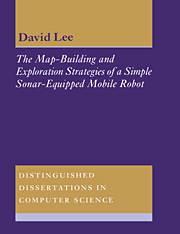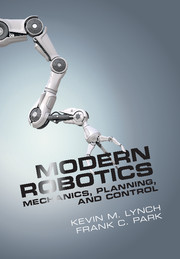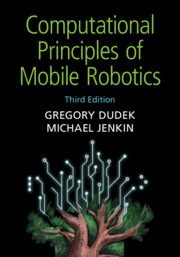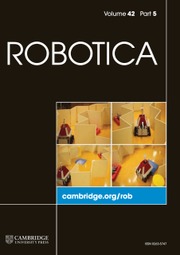The Map-Building and Exploration Strategies of a Simple Sonar-Equipped Mobile Robot
There are two radically different approaches to robot navigation: the first is to use a map of the robot's environment; the second uses a set of action reflexes to enable a robot to react rapidly to local sensory information. Hybrid approaches combining features of both also exist. This book is the first to propose a method for evaluating the different approaches that shows how to decide which is the most appropriate for a given situation. It begins by describing a complete implementation of a mobile robot including sensor modelling, map–building (a feature–based map and a grid–based free–space map), localisation, and path–planning. Exploration strategies are then tested experimentally in a range of environments and starting positions. The author shows the most promising results are observed from hybrid exploration strategies which combine the robustness of reactive navigation and the directive power of map–based strategies.
- Gives a thorough testing and evaluation of a variety of exploration strategies for a mobile robot
- New way of predicting how robot uses its map to navigate
- Gives examples of how new method works
Product details
No date availablePaperback
9780521542159
244 pages
247 × 189 × 15 mm
0.45kg
92 b/w illus. 23 tables
Table of Contents
- 1. Question, context and method
- Part I. Starting Points:
- 2. Maps used in previous research
- 3. The maps used in this research
- 4. Approaches to exploration
- Part II. System Components:
- 5. The robot
- 6. Modelling the sonar sensor
- 7. Map construction
- 8. Path planning
- 9. Localisation
- 10. Map quality metrics
- Part III. Experiments:
- 11. Experimental evaluation
- 12. Wall–following
- 13. The results of localisation
- 14 Supervised wall–following
- 15. Can a human do any better? 16. Longest lines of sight
- 17. Free space boundaries
- 18. Summary of experimental results
- 19. Conclusion
- 20. Directions for further research
- Appendices
- Bibliography
- Index







